Top 10 Goat Breeds & Profitable Goat Farming Business Ideas
टेबल ऑफ कंटेंट
Farming is an integral part or component of the economy and it shapes the livelihood of our country. Livestock farming involves rearing animals and using them for farming and farming businesses.
Livestock farming is a type of farming in which animals are being raised, reared, domesticated for running, or using them for farming business.
Goat Farming is among India’s leading meat delivering animals whose meat for say chevon is the most popular meat and has grown enormous interest and demand throughout. Goat raising under an elevated and semi-concentrated framework for company formation has been gaining momentum in recent years because of its significant financial potential. Numerous ever-evolving farmers, money managers, experts, ex-servicemen, and teachers have encouraged young people to start goat farming on a commercial basis because goats and their products have the potential to generate high financial returns.
Why goats are in demand?
In its broadest sense, goat farming refers to the raising of goats for the production of milk, meat, and fiber. Goat rearing is not a recent endeavor and has been done from the beginning of time.
Goat farming is a lucrative industry. Goat rearing under intensive and semi-intensive systems for commercial production has gained steam during the past few years due to its favorable economic prospects.
Goat farming proves to be a profitable business now in times as it requires very low to moderate investment because of its multi-functionality use and commercial goat farming business are contributing greatly to the running economy.
Goats are used in various forms or they serve different functionalities, for instance, several products can be made from or derived from goats like – milk, meat, fiber, manure, cream goat powder, skimmed goat milk, goat butter, goat milk cream, etc.
The top 10 Goat Breeds are as follows
1. Boer Goat

The Boer goat has its origin in South Africa in the early 1900s for meat production. Boer goats are famous for their meat production mainly and the commercial breeding of Boer goats is very much successful. Boer goats are found in various parts of India – Maharashtra, Andhra Pradesh, Telangana, Karnataka, and Tamil Nadu.
Boer Goats have white bodies and distinctive brown heads they are adaptable to all types of climatic conditions which means they have fast growth and excellent feed conversion ratio one of the biggest advantages of Boer goats is they can produce a very good cross break with local goats in India.
2. Malwa Goat

Madhya Pradesh is where the Malwa goat originated. Due to their optimal ability to produce significant amounts of milk, Malwa goats are raised for milk production the most. A mature Malwa goat weighs about 50 kg when given high-quality nutrition. One of the best breeds for beginning a goat farming enterprise in India. Additionally, you can raise Malwa goats and sell them during a festive season, primarily for Durga Pooja and Eid, to earn two incomes.
3. Tellicherry goat

Tellicherry Goat breed is the most recognized asked breed of goat in the states of Tamil Nadu and Kerala. The Tellicherry Goat brees are mainly used for demand for exhibiting high multiple birth rates and higher milk yields compared to other goat breeds across. One of the advantageous facts about the tellicherry goat is its ability to be stable in every climatic condition which means it is a medium-sized goat with uniform body color.
The commercial Business for tellicherry Goat can be used for milk and meat production or business.
4. Black Bengal Goat

The Black Bengal Goat has its origin in the eastern and north-eastern regions of Bangladesh and Pakistan. The Black Bengal Goat breed is famous for its quality of meat. leather and high fertility or fecundity is their ability to produce greater offspring. They are usually found black in color. However, you can find them in brown, Gray and white colors too.
In addition to producing meat, Black Bengal goats have excellent skin for producing high-quality leather goods.
5. Jamunapari Goat

The jamunapari Goat breed is found in the Indian subcontinent and the name originated from the Jamuna river in Uttar Pradesh. The jamunapari goat is imported to Indonesia. It is reared for meat and milk. It is mainly found in the states of Madhya Pradesh, Uttar Pradesh, Maharashtra, Andhra Pradesh, Gujarat, etc.
There are various color variations in Jamnapari goat but basically, it appears in white with patches of soft tan with light brown spots over their neck and head.
6. Sirohi Goat

The Sirohi area of Rajasthan is where the Sirohi goat breed first appeared. Because of their extreme adaptability, they can be found throughout Rajasthan. The Sirohi goats are tiny to medium-sized, weighing between 25 and 30 kg for females and 50 kg for males as a whole. Twice a year, Sirohi goats give birth to lambs, 40% of which are singleton and 60% of which are twins. These goats are therefore perfect for both breeding and meat production. According to gender, Sirohi goat prices range from Rs. 175 to 200 per kg for males and Rs. 150 to 150 kg for females.
7. Barbari Goat

The barbari goat is primarily found in West and Central Africa. Priests in India were the ones that introduced the male and female of this breed initially. It is now widely accessible in Uttar Pradesh's neighboring cities of Agra, Mathura, and others.
8. Osmanabad Goat

Osmanabad goat originated from the state of Maharashtra. Osmanabad goats are found in Ahmedabad, Latur, Sholapur, and other areas of Maharashtra.
Osmanabad goats are large in size and their color varies most of them are black in color and the rest are white brown or spotted colors. Typically, they are raised on meat and milk. The Osmanabad breed typically yields 3 to 3.5 kg of milk per day per goat.
9. Beetal Goat

Beetal Goat is found in Punjab and Haryana, but it is most common in the Punjabi districts of Gurdaspur, Amritsar, and Firozpur. Beetal goats are reared for both meat and milk production. They have long legs, long, pendulous ears, a short, skinny tail, and horns that bend backward.
10. Saanen Goat

The Saanen Valley in Switzerland is where the Saanen goat first appeared. It is the most well-liked dairy goat and has better daily milk production rates. The Saanen goat would be the finest choice for breeding in commercial goat farming. They are excellent for producing milk and very adaptable in cold climates. Breeds of Saanen goats are a wonderful choice for beginning a small-scale goat farming enterprise.
Perks of Goat Farming
1. Reduced level of risk
You can milk goats as frequently as necessary. Additionally, this avoids the price of refrigeration and milk storage issues.
2. Equal representation of price in the market
Do you realize that the market values and prices of male and female goats are essentially the same? Oh, sure! It is real. Additionally, eating goat meat and raising goats is not prohibited by any religion. As a result, the commercial goat farming industry has grown and provided prospective work for unemployed individuals.
In both domestic and foreign markets, its meat is in great demand and is very expensive. You might also consider exporting your goods to other nations for more income.
3. Less maintenance
Goats are small animal that is very simple for women and kids to take care of. Successful goat farming requires performing basic routine duties including feeding, milking, and caring for the animals. These jobs don't involve a lot of resources, labor, equipment, or hard work. Their ratio of return on investment is likewise excellent. Many government and non-government institutions are providing loans for launching this business because goat farming is quite profitable.
4. Good Breeders
In addition to having a very amiable and endearing character, goats make outstanding breeders. You'll be shocked to learn that they become sexually mature between 7 and 12 months of age and give birth to children quickly. Additionally, certain goat breeds have several offspring every kidding.
5. Easily edible or digestible
In addition to being filling and easily digested, goat products like milk and meat are also an excellent source of consistent income for marginal farmers, the landless, and the destitute. It has a significant impact on both the national economy and rural economies. Its meat and milk are low in cholesterol and simple to digest. Many different dishes are prepared using goat milk. They are capable of simultaneously producing milk, meat, skin, fiber, and manure.
कैटेगरी
और ब्लॉग पढ़ें
Agricultural tools are an efficient way to ease the farming process. Various agricultural tools help the farmers to help them in their farming activities and minimize their workloads.
One such effective agricultural tool...
A rotavator is an agricultural implement that uses a series of blades to sow seeds by cutting, pulverising, mixing, and levelling the soil such that making it suitable for farming and cultivating crops.
A rotavator is also known as a...
A combine harvester (mini combine harvester) is a complex agricultural machine that operates and functions to cut and threshes grains and several crops. Mini harvesters are used for harvesting, winnowing, and threshing grains like wheat, barley, maize, oats, and rice, as well...
इसके बारे में अपनी टिप्पणी लिखें Top 10 Goat Breeds & Profitable Goat Farming Business Ideas
.webp&w=1920&q=75)
ट्रैक्टर और कृषि से जुड़े सबसे अधिक खोजे जाने वाले ब्लॉग्स
18 Dec 2025
18 Dec 2025
29 Jul 2025
08 Sep 2025
03 Jul 2025
30 Jul 2025
30 Jul 2025
30 Jul 2025
29 Jul 2025
30 Jul 2025
26 Dec 2025
31 Jul 2025
18 Dec 2025
26 Dec 2025








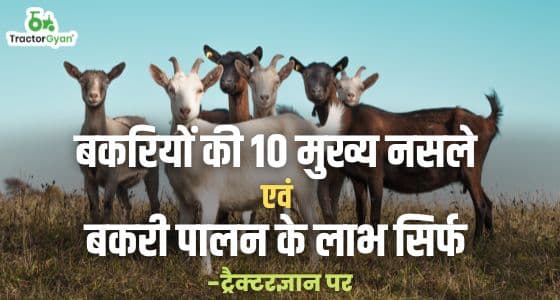


.webp&w=640&q=75)



.webp&w=2048&q=75)
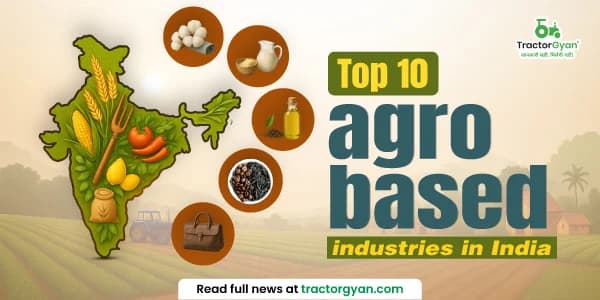
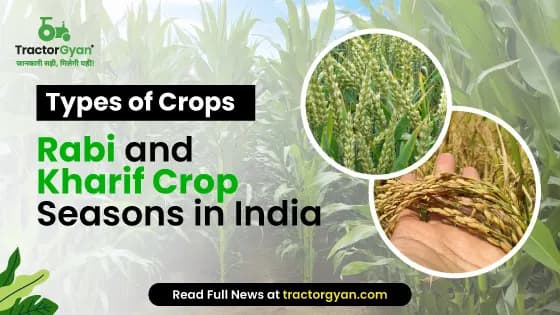


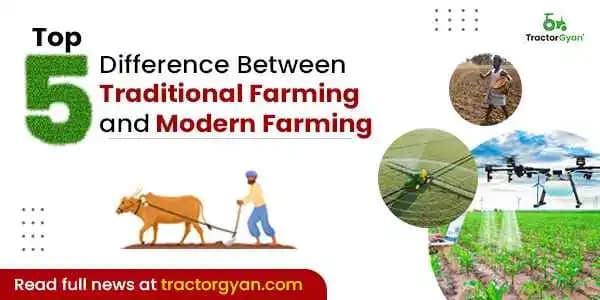
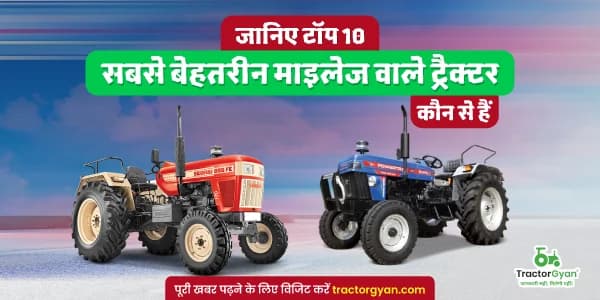



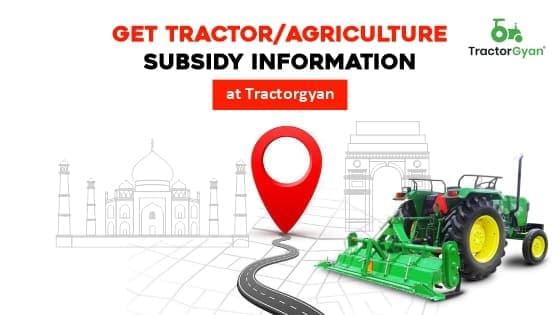
.webp&w=2048&q=75)
.webp&w=2048&q=75)



























